Denmark is a wonderful country and although I’m lucky to be able to travel all over the world, I still love my flat little country to bits.
The one thing that I love most about Denmark is our prehistory, and especially the Mesolithic period, which began around 9.600 BC with the Holocene warm period. The hunter/gatherer lifestyle has always appealed to me, and despite the fact that I don’t like sea food of any kind, the Ertebølle Culture belonging to the so-called “Fishing Stone Age” at the end of the Mesolithic (5.500-4.000 BC) is my favourite period. Honestly, I believe that the world was a much better place back then when humans lived one with nature and animals, killing only what was needed to survive and keeping waste to a minimum.
Back in November, my class mate Samantha planted an idea in my head and I immediately rolled with it. She suggested arranging a trip to somewhere in Denmark to look at Stone Age sites, and of course that sounded like soft music to my ears. I love arranging events (especially ones that I’m passionate about), so I contacted our teacher Mikkel straight away and then the planning began!
We teamed up with Søren H. Andersen, an archaeologist from Moesgaard Museum who has investigated and published most of the famous Ertebølle Culture sites in Jutland and Funen, and 28 archaeology students joined us on this two-day late April trip to the Limfjord area in the North of Jutland.
We had a tight itinerary, so we set off early from the university in Copenhagen on the Friday. Five hours of driving through the Danish landscapes later, we were finally in Ertebølle, the place that gave name to the Ertebølle Culture.

In Ertebølle, we met up with Søren, who was going to guide us through the area for the next two days. We started the tour at locus classicus, visiting Ertebøllecentret, a museum dedicated to the Ertebølle locality, visiting the famous kitchen midden of Ertebølle and a newly found Kongemosian kitchen midden located just a few hundred meters from the museum!

Welcome to the Stone Age!


Kitchen middens are a phenomenon that are known since the late Kongemose Culture (6.500-5.500 BC), but the most famous one is from the Ertebølle Culture and is in fact the Ertebølle locality. Here, archaeologists have dug since the 1893 and found countless mussels, primarily oysters, mixed with bones from fish and prey, broken tools, human burials and fireplaces left behind by the Ertebølle people, and still preserved to this day. This particular kitchen midden was about 140 meters long, 20 meters wide and 1,9 meters thick, accumulated over a period of 1000 years, so you can imagine how prominent it must’ve been in the otherwise flat landscape, especially towards the end of the period.
Interestingly, archaeologists have recently found a Kongemosian kitchen midden right next to Ertebøllecentret, so we got to see that as well some of the artefacts found there! It’s adds an interesting aspect to the prehistory of the place that I’m excited to find out more about.
The Ertebølle locality is not only extremely interesting – it’s also an extremely naturally beautiful place with high chalk cliffs and bright blue waters. I’d been dreaming about seeing Ertebølle for so long now, and it totally and utterly exceeded my every expectation.

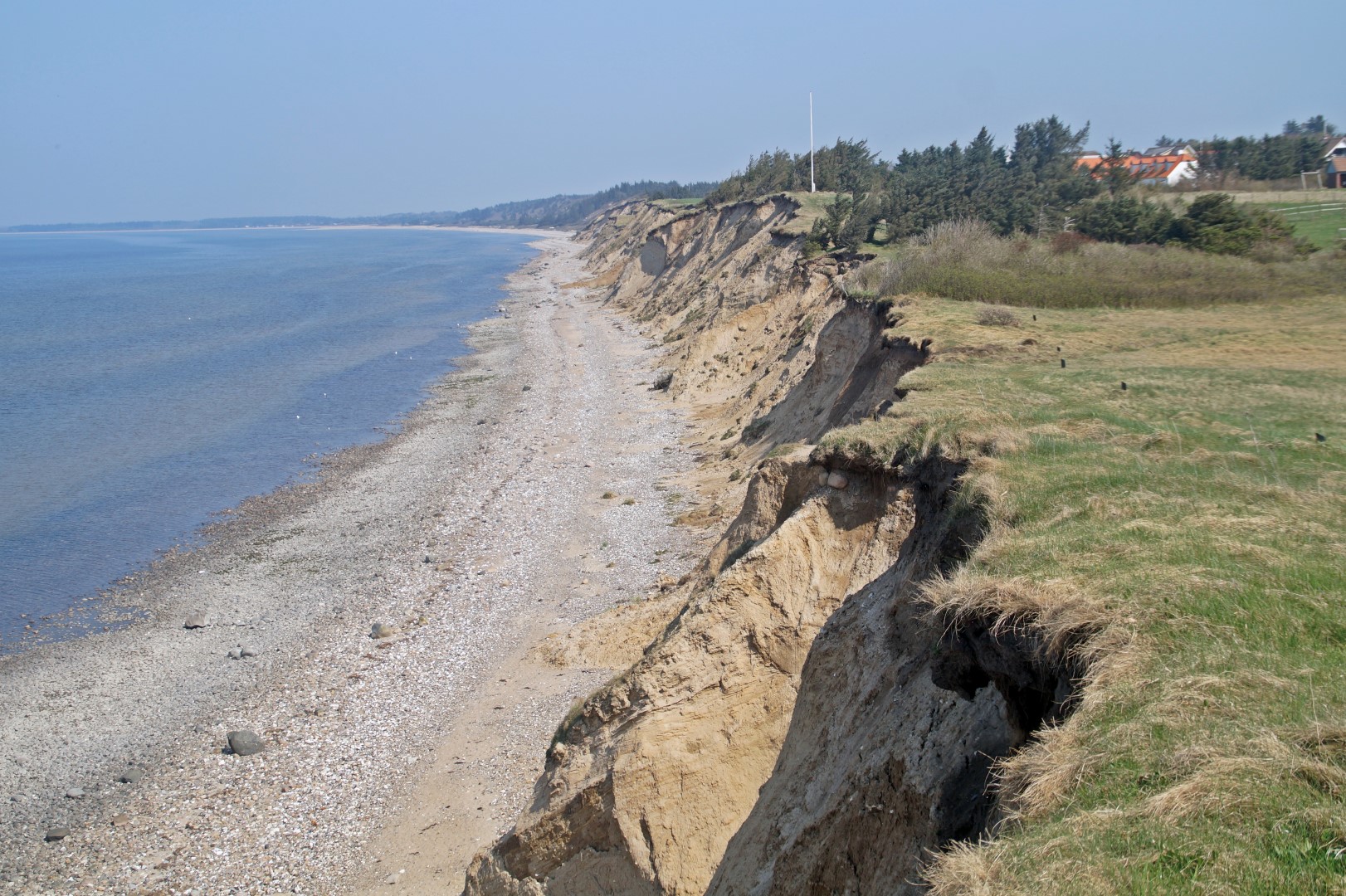
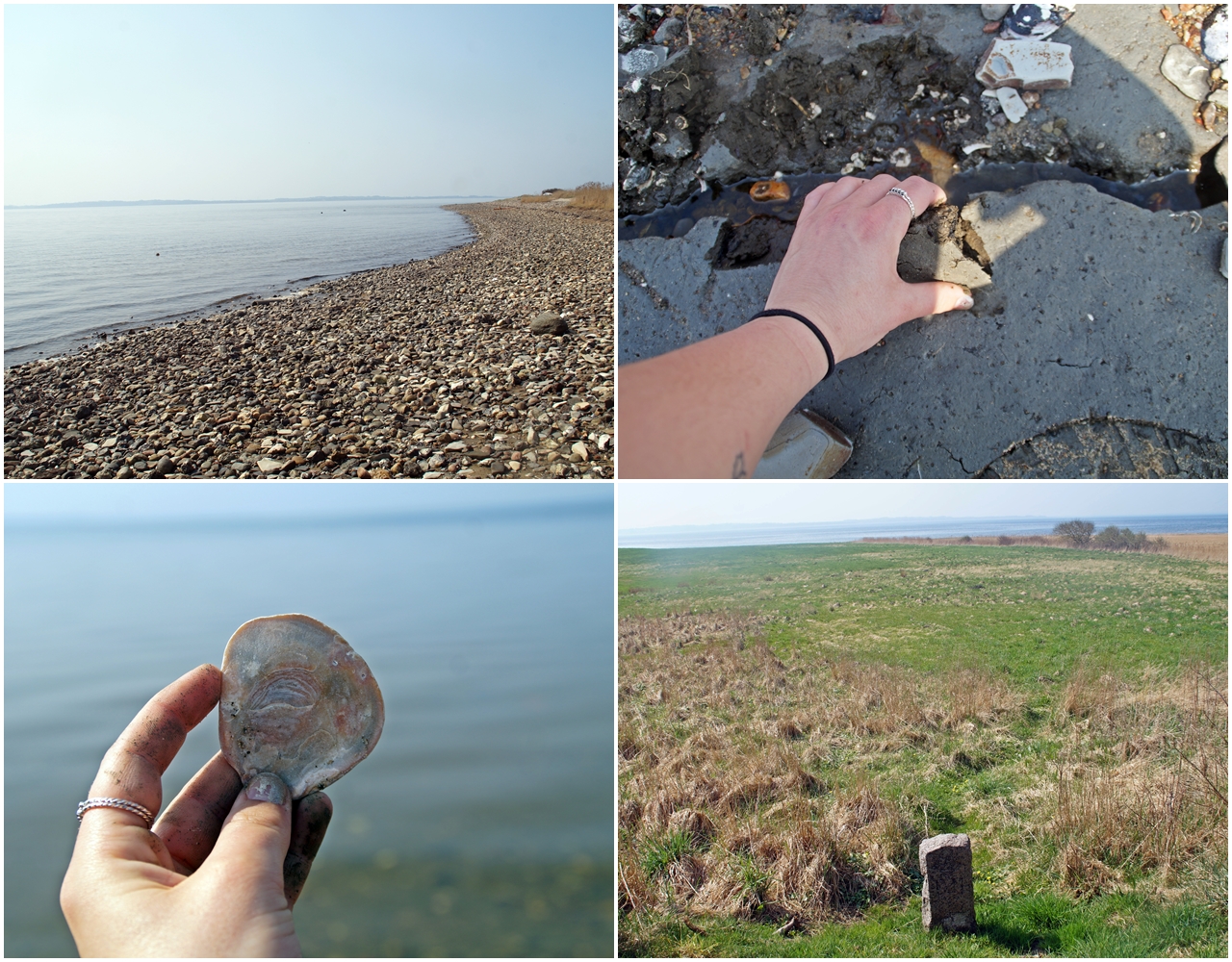
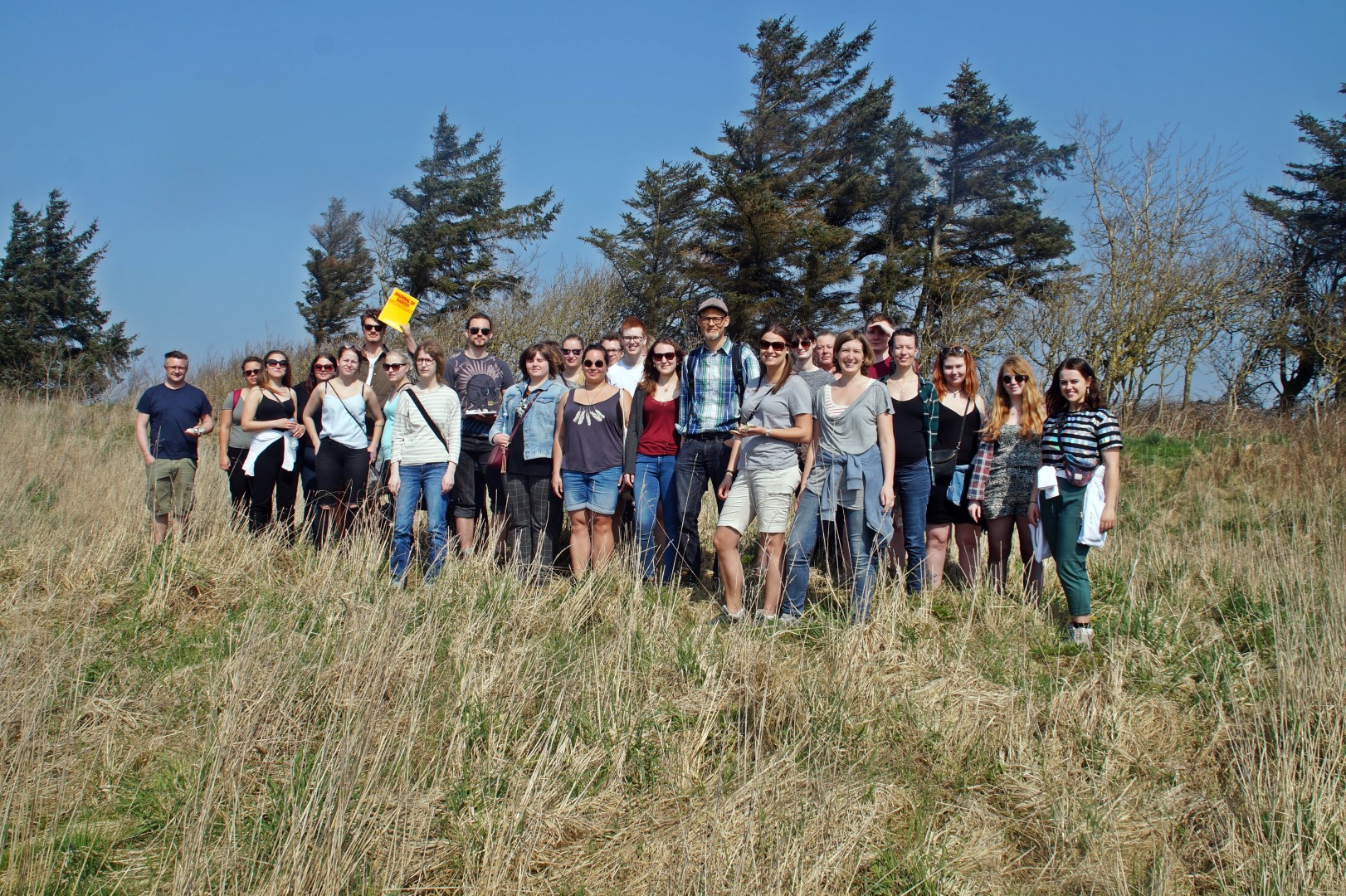
Despite our primary attention on the Ertebølle Culture, we also got to see a few places from other time periods as well, just to spice it up a little – not that the Ertebølle Culture really needs spice -, but to make it more interesting to the students that aren’t as Ertebølle-crazy as me.
The first one of those sites was Myrhøj, a burial mound from the Bronze Age in an area that also shows traces from the Middle Neolithic and the Iron Age. A long row of large stones, which are believed to have been used in connection with cultural ceremonies, lead up to the burial mound, making it unique and mystifying.
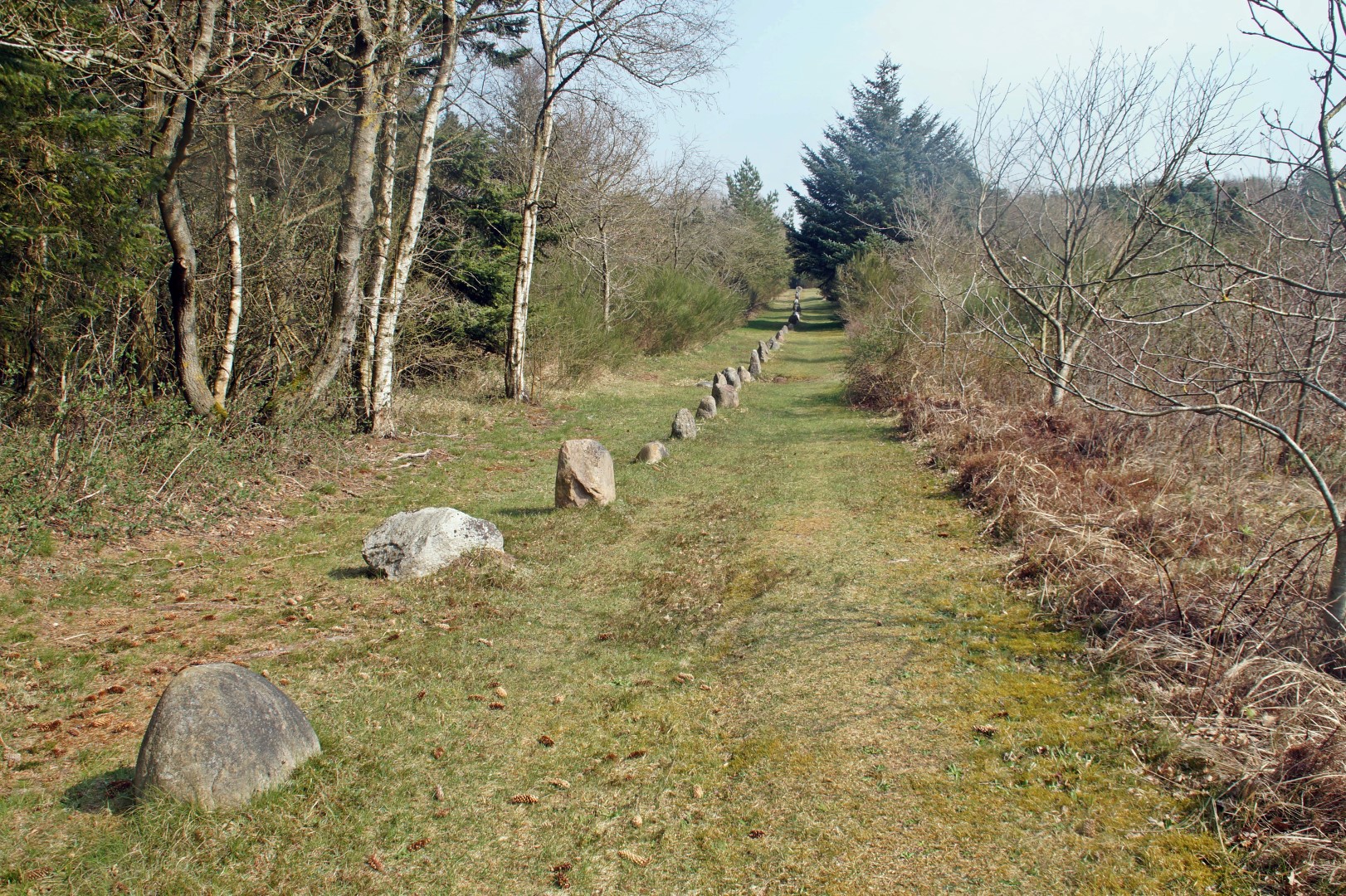
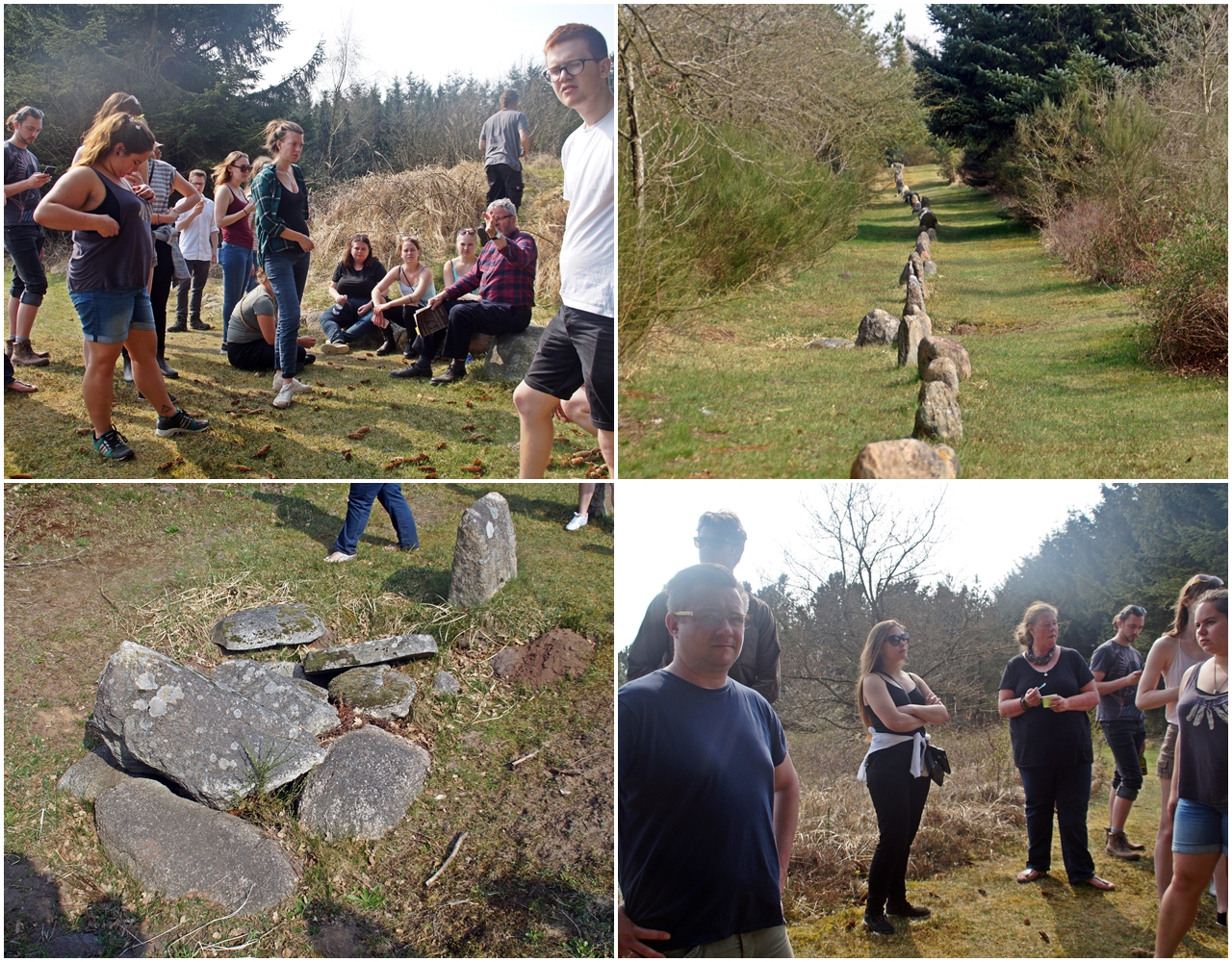
15 km from the Ertebølle kitchen midden lies another big and famous kitchen midden from the Ertebølle Culture, the Bjørnsholm kitchen midden, which is much bigger at 325 meters long, 15 meters wide and 1,2 meters thick and also accumulated over a longer time period of 1500 years.
The kitchen midden is located by the mouth of the fossilized Bjørnsholm Fjord, where at least 30 smaller settlements from the same period have been located, suggesting that the kitchen midden served as a central place for the settlements in the area. Today, the area is dominated by agriculture, which is slowly erasing most traces of the long lost hunter/gatherer society.


Bjørnsholm was the last site that we had time to visit that day, so we headed to Aalestrup Idrætscenter afterwards, where we spent the night. The place really felt like being back on a field trip in public school – very hostel-like and cozy!
We spent the evening cooking food and eating together, drinking beer, playing pool and my friend Peter and I even joined the locals of Aalestrup for some bingo in the sports hall! It was actually quite a fun experience! We met a local man who told us about a tradition that they have in Aalestrup. Every year, they choose two people who have done a good deed for the community to become ‘royalty’ for the year, and they were the ones bringing people the bingo prizes while wearing their crowns and sashays. Interesting tradition indeed!

The next day, we got up early once again and headed to another non-Ertebølle locality. We went to Aggersborg, which is the largest of Denmark’s five Viking ring fortresses. The ring fortress consists of a circular rampart surrounded by a ditch with four main roads arranged in a cross connecting the center of the castle with the outer ring. What these ring fortresses were used for is unsure, but most of them have been dated to the reign of Harald Bluetooth of Denmark (958-986 AD) and they all seem to have been abandoned suddenly and then forgotten about.



We rolled further along the country roads and came past another non-Ertebølle site, the Hvissehøj passage grave, which, however, is closer in time.
The passage grave dates to the Neolithic Age (4000-1700 BC), and is unique to Denmark as it’s the only known passage grave with three chambers in the entire country. The passage graves, 500 of which can still be seen in the Danish landscapes, were all built within a short period of time in the Early Neolithic and afterwards reused for funerals and religious rituals throughout the Neolithic and the beginning of the Bronze Age.
We spent a little while there, climbing to the top of the mound and crawling inside the narrow passage grave.


Next stop was the Medieval farm Bratskov in Brovst which dates back to 1550, where there was a small exhibition with local finds from the Kongemose and Ertebølle Cultures.
We also got to look around the old farm which had many fancy rooms and a creepy dungeon with hundred-year-old cobwebs (such a huge contrast!).



Søren decided that we hadn’t had enough of the Viking Age yet, so he took us to the famous Lindholm Høje site, which really can’t be missed when in the area (even I agree on that despite it being Viking Age…).
Lindholm Høje is a major burial site with over 700 graves and former settlement from the Viking Age and Medieval period, which overlooks the modern city of Aalborg. The southern lower part of the burial site dates to 1000-1050 AD, while the northern upper part dates back to the 5th century AD in the Iron Age. Unfortunately, much of the burial site has been destroyed over the years, as many of the rocks have been removed and broken up in the 19th century for use in road constructions.
After exploring the site for a while, I was starting to feel the need to get back to the Stone Age, so I bought two children’s books about the Ertebølle Culture (and some lollies, yum) that I quickly read while the other’s were finishing up at the associated museum.




To end the trip, we headed to another Ertebølle locality, which was yet another kitchen midden! Visborg kitchen midden, which is located by the Mariager Fjord, is the biggest kitchen midden in Denmark and is yet to be fully excavated. Actually, Søren has invited me to join the excavation of the kitchen midden in August, which is so extremely exciting (a dream come true!).
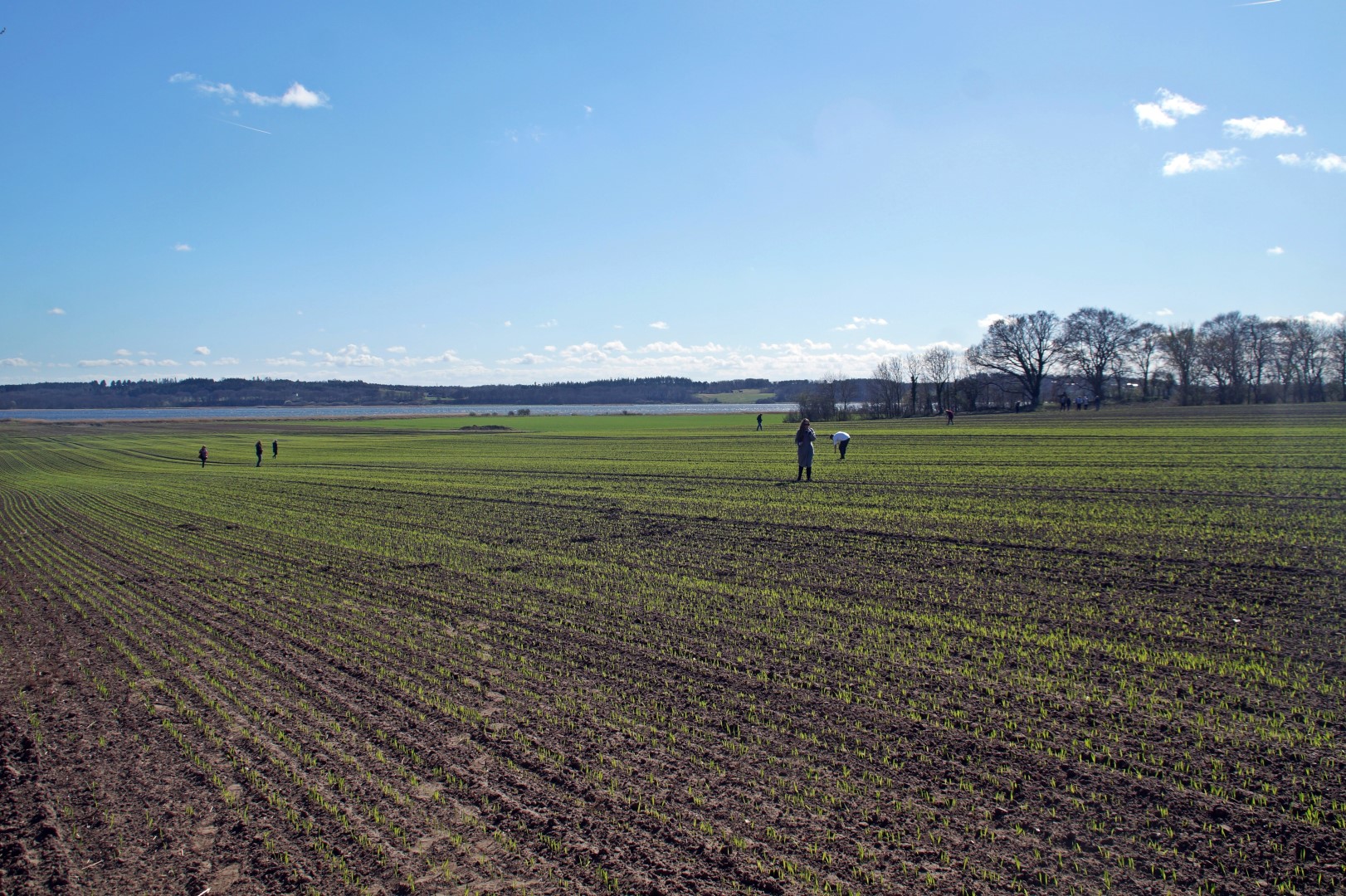

This field trip to the Limfjord with a focus on the Ertebølle Culture was a much-needed break from all the Iron Age nonsense that my fourth semester was all about. Now that the semester is over, I can finally get back to focussing on the Stone Age, more precisely the Ertebølle Culture, and the upcoming excavation of the Visborg kitchen midden!
I hope that this post has inspired you to explore North Jutland and all the archaeological sites that it has to offer – because it truly is an amazing place, and unfortunately doesn’t get recognized enough by tourists – because everyone goes to Copenhagen and stays in Copenhagen….. Denmark is so much more than our capital! North Jutland is definitely an area that I need to explore more. Before this trip, I hadn’t seen much of it, but now I’m inspired to see more!
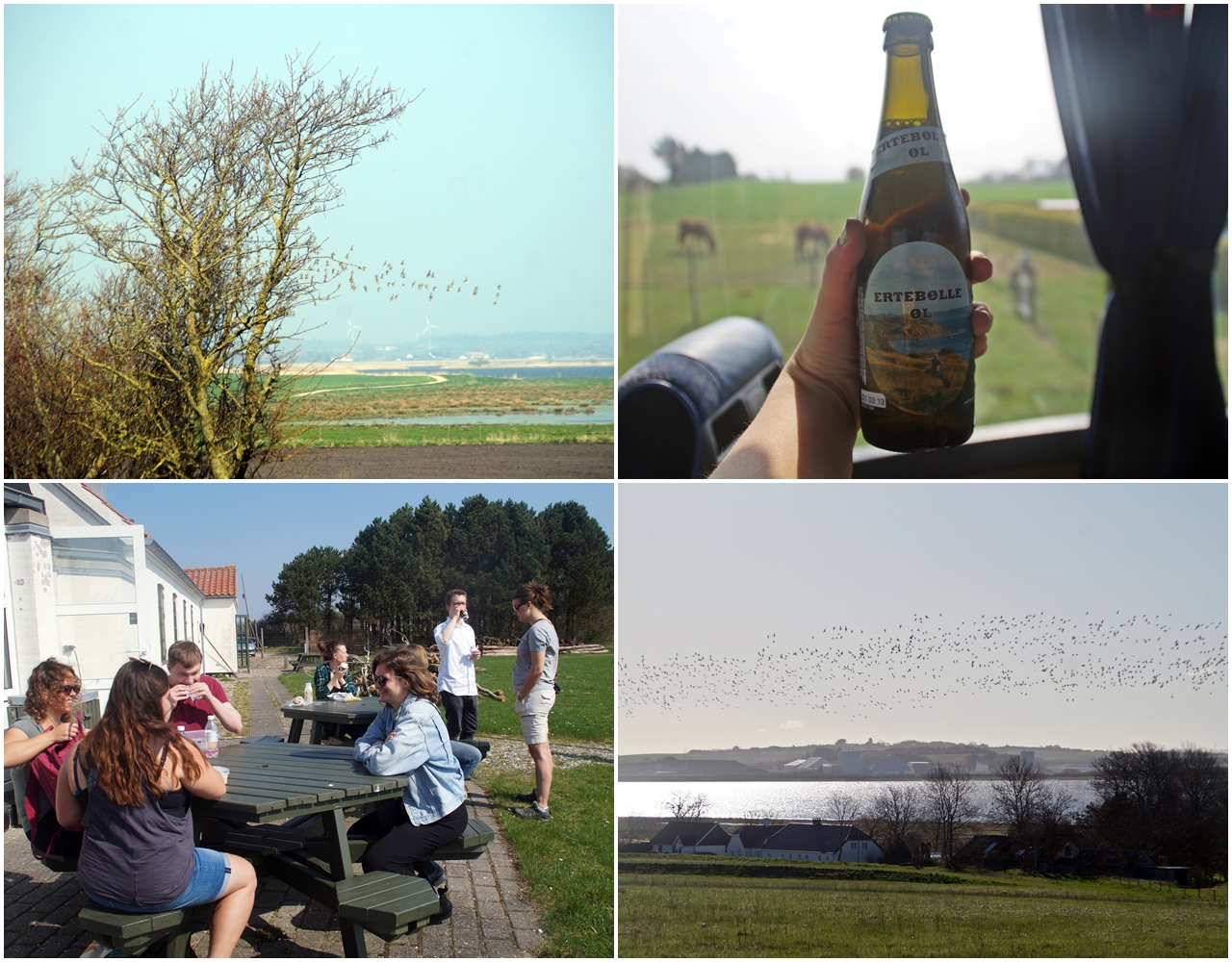
Leave a Comment
Pingback: European Stone Age gathering ’19: A week of Mesolithic living in Ertebølle – Northtrotter on 24/07/2018
Pingback: Field trip to Djursland: Stone Age remnants on Denmark’s scenic nose – Northtrotter on 24/07/2018
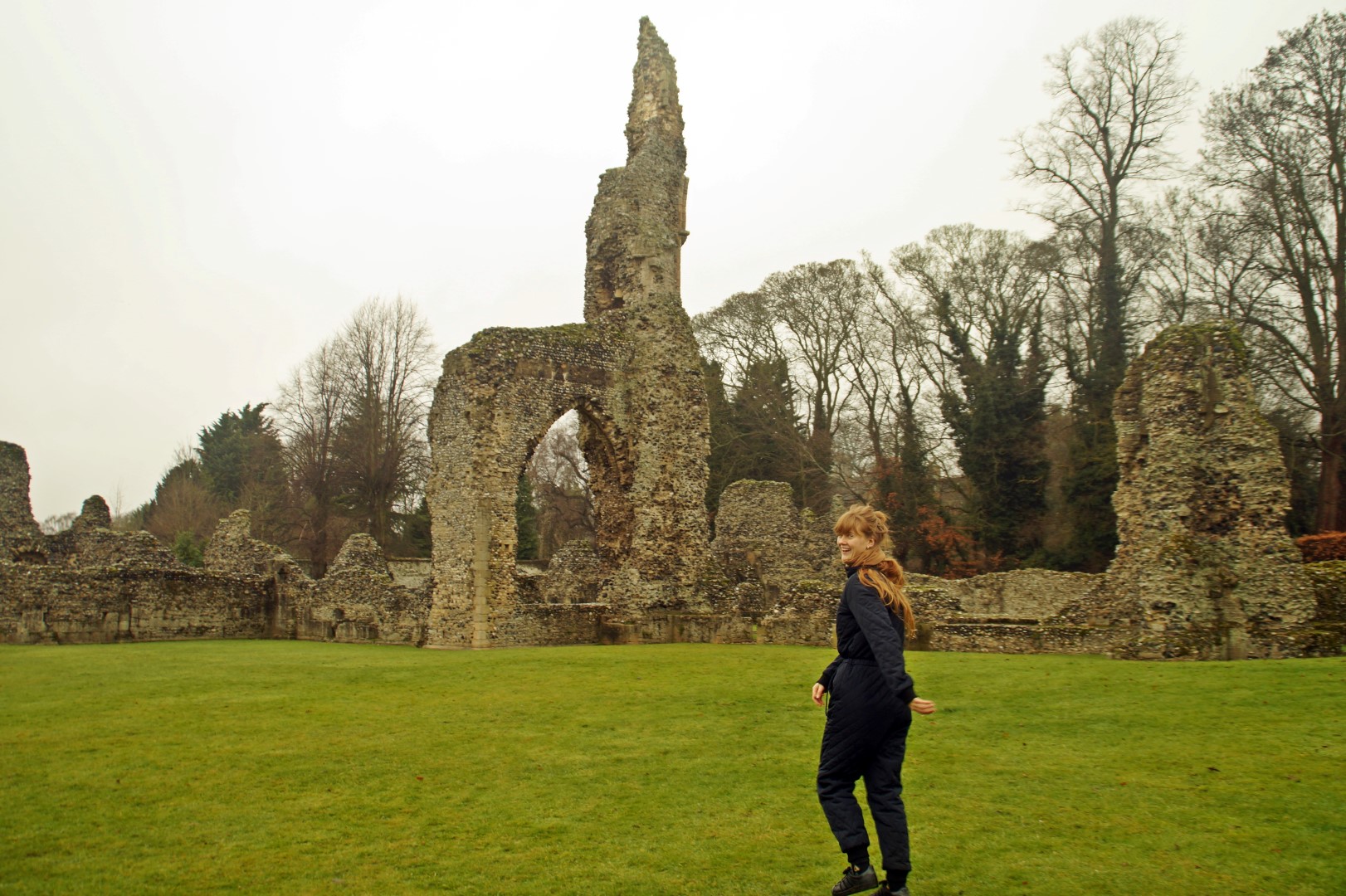
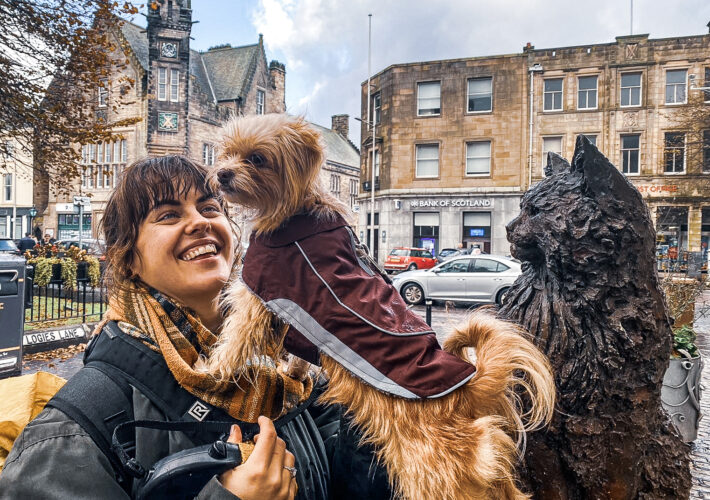
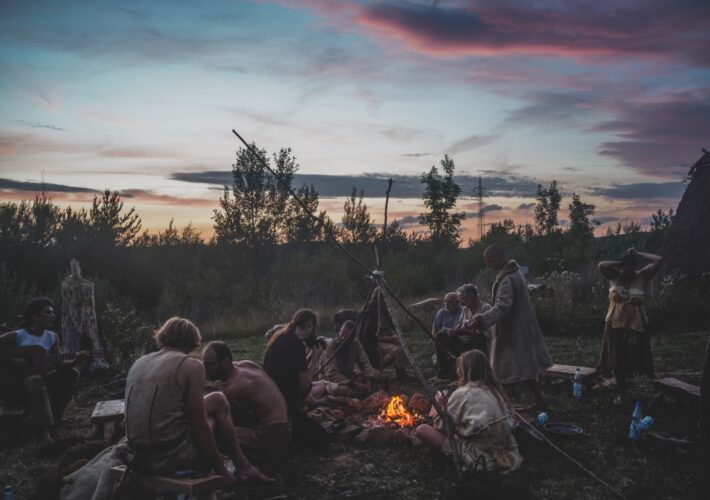
4 COMMENTS
Ann
7 years agoSo fascinating to get to know how people were living many many centuries ago! It’s amazing to find old things, touch and feel them! This area deserves more touristic attention. It’s so beautiful here!
Melissa Cherry
7 years agoIt’s such a fascinating place with a lot of history! Maybe you can be the first Ukrainian tourist there? :p